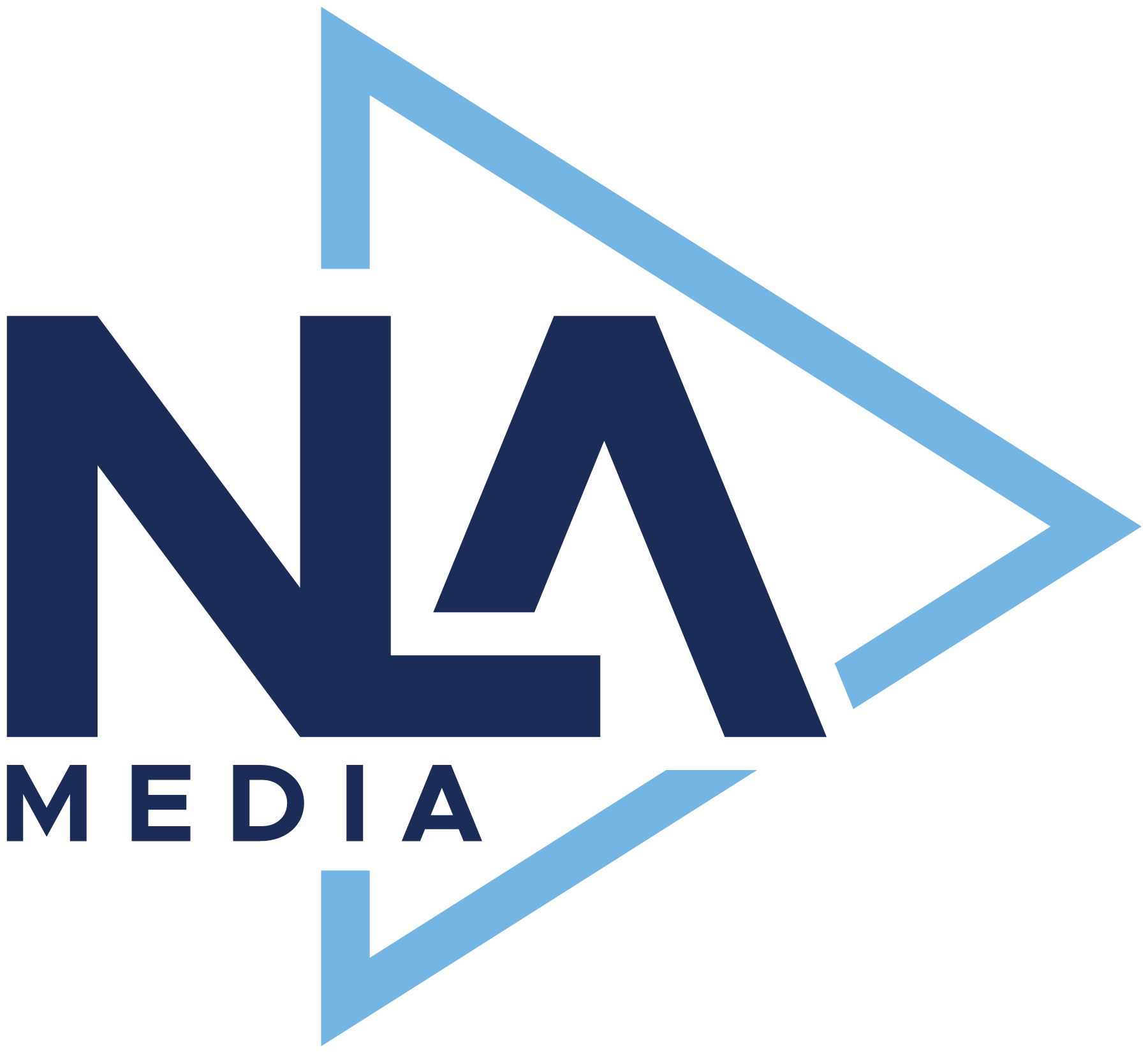It should go without saying, but if you own a business in this day and age, you need to be on social media, period. No excuses. Social media has been a game changer for so many companies, skyrocketing them to heights previously unheard of, and allowing them to drive traffic to their business as well as interact with their fans.
But not all platforms are created equal. In fact, some may be better for your business than others, especially when you consider the time and resources that go into maintaining an active and respectable presence on these platforms. For that reason, depending on the type of business you are in, you may forego one platform to focus exclusively on the other.
But which one is right for your business, and what are the advantages and disadvantages of each? Here is a list of our top five channels for advertising, as well a brief rundown on their strengths and weaknesses.
-
Facebook
Without a doubt, the absolute giant in the digital marketing space is Facebook. The little company started in a Harvard dorm room by Mark Zuckerburg has ballooned into a tech behemoth, clobbering every type of social media platform in its wake. With nearly 2 billion active users – a number that grows almost daily – Facebook provides an exceptional medium by which you can interact with your customers.
Not only is a business Facebook page easy to manage, but the tools that are present are second-to-none. Facebook live is a fantastic way to do a Q&A with your fans, groups can foster dialogue between customers, and the advertising platform taps into a heavily-nuanced, relatively-cheap platform to reach potential clients.
That being said, Facebook isn’t for everyone. Indeed, some local businesses that are more traditional in nature may do well with in-person outreach instead of spending their time online. On top of that, a business that doesn’t present themselves very well on Facebook may actually do their business more harm than good, which is an argument for staying offline as well.
-
Twitter
If your business has snippet=worthy type of content or can provide links to resources that will be of benefit to your readers, then Twitter might be perfect for you. While Twitter is not great at interacting with your customers on an intimate level (read: no video or chat functions) it’s great for sharing content and having a comment thread that can possibly go viral.
The direct messaging capabilities and advertising platform leave much to be desired, but Twitter excels in giving your followers up-to-date information concerning your company and the industry at large, provided they’re on the platform in the first place. If they are, then it might be worth considering.
-
Instagram
One of the more popular rising stars of the last several years, Instagram’s bread-and-butter is in distributing visual content to their fans. The video function is not great, and status updates are clunky unless they’re attached to a picture, but if you’re in an industry that values what is seen as opposed to what is read, then Instagram is perfect.
Instagram has tried hard to keep the bots and professional advertisers at bay, and so far, have done a fantastic job of it. Their tech structure makes it nearly impossible for third-party applications to spam their followers with automated posts, but their story function and comment/reply system is well-done. And since Instagram is owned by Facebook, any ads must be done through Facebook’s platform, which makes it very appealing for many businesses.
-
Youtube
Youtube is not just a haven for funny cat videos or video-game reviews anymore. Over the last decade, Youtube has transformed itself into a full-scale streaming service for over a billion active users, complete with how-to instructional videos, behind-the-scenes clips, and the medium of choice for movie trailers and viral marketing videos. If one of your clips catches fire on Youtube, you can ride that all the way to the bank.
Still, Youtube is not an ideal choice for everyone. Companies with smaller marketing budgets may find the idea of a several-thousand-dollar video daunting and choose to spend their money elsewhere. This is a wise move, as a video that comes across as amateurish will not only waste your time and resources but may actually turn people off from your company. While there are cheaper options to do it right, it’s still not a sure thing, which makes it more of a secondary medium than a primary one for most companies.
Of all the industries that have taken to Youtube in recent years, bloggers are a surprising demographic. While they are still very much in the business of writing text blocks to confer information to their readers, bloggers are finding unique ways to link their content with a video at the top to cater to people who choose to employ all mediums. For those looking to take the next step in their blogging career, Youtube can be a great stepping stone.
-
Linkedin
The social network that is geared towards busy professionals has come a long way in catering to the everyman who simply wants to connect with people in their industry. If you’re in a B2B industry, such as freelancing, tech startups, or SaAS, Linkedin could be your best friend in finding and hiring talent or finding potential clients.
The main thing to do with Linkedin, as with any platform, is to start with building relationships rather than sales pitches. Not only will this allow you to set a relationship off on the right foot, but you’ll also position yourself as an industry leader rather than a simple sales machine. Linkedin may not be right for B2C or more mom-and-pop style businesses, but if you crave networking and can benefit from a globally-based, talent-rich resource, Linkedin is a great option.





